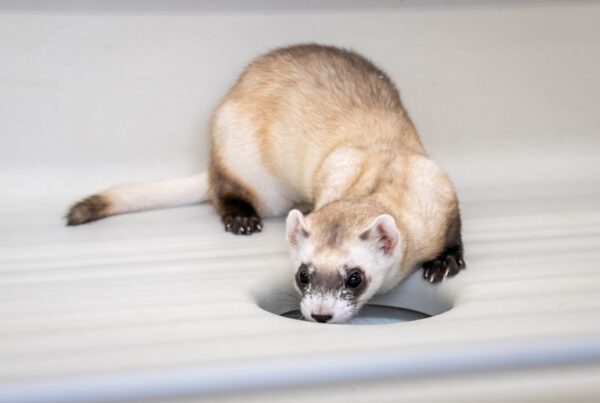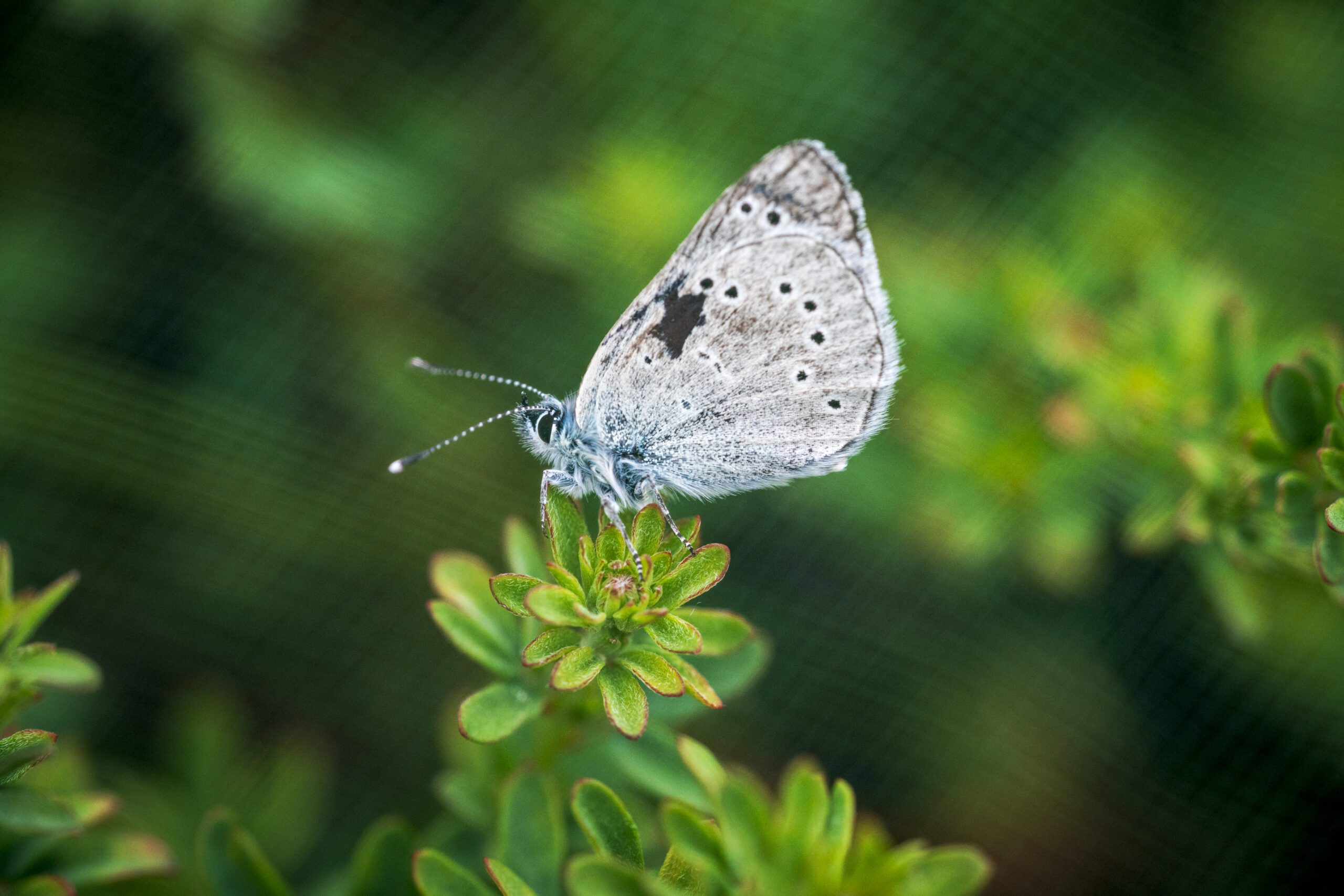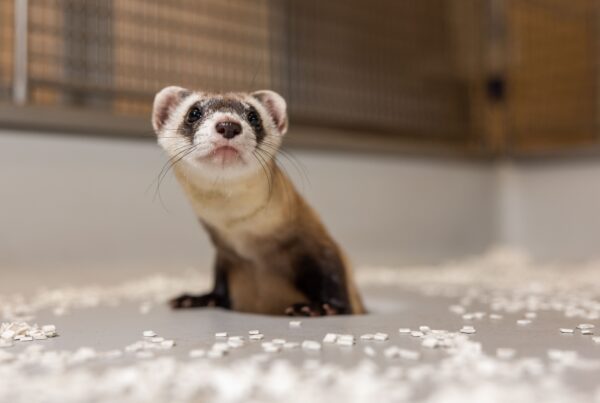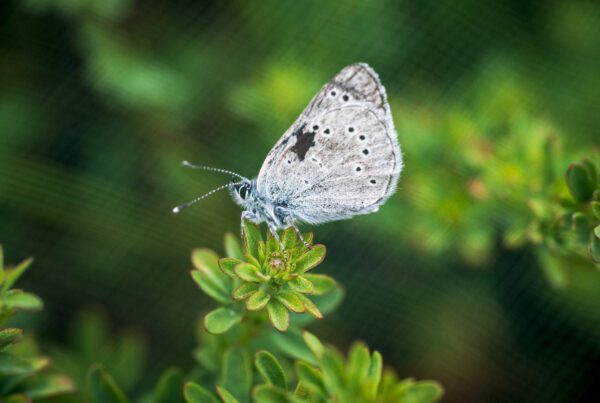The Xerces blue butterfly, long gone from San Francisco, became a symbol of the fight against extinctions. Now scientists are sending in a replacement. Will it take?
Story by H.R. Smith, BayNature
From the Article
Durrell Kapan keeps checking his Yeti cooler of 13 butterflies. He caught them yesterday at Garrapata State Park, and checked into a seaside motel for the night, where he fed them a nectar-like solution that’s been found most amenable to sustaining butterflies: Fruit Punch-flavored Gatorade. This morning on his way to Monterey, he stopped at the convenience store and stocked up on fizzy water to help regulate the temperature inside the cooler. Ice would be too cold, but a little chill keeps them calm.
Feeding butterflies in a motel room is not, strictly, Kapan’s job, which involves crunching large data sets related to insects, genomics, and biodiversity, as a senior research fellow at the California Academy of Sciences. But he loves fieldwork, and four years ago, the Academy got a phone call.
It was from Revive and Restore, a Sausalito-based nonprofit founded by Stewart Brand and Ryan Phelan, best known for its ambitious goal to resurrect extinct species like the wooly mammoth and the passenger pigeon. Would the California Academy be interested in using some of the DNA in its collection to sequence the genome of an extinct butterfly?
Kapan jumped at the opportunity. He’d fallen in love with butterfly ecology years ago, but scaled that back to focus on what felt like more critical work—the connection between biodiversity and resilience. Increasingly, the study of biodiversity felt less like an intellectual playground and more like a library of survival. “We don’t know yet what species or what gene is going to be important,” says Kapan. “The only logical thing to do is to prioritize conserving and regenerating as much of nature as possible.”
The butterfly that Revive and Restore was interested in was the Xerces blue butterfly—Glaucopsyche xerces. It is famous in the way that no one wants to be famous. Once common in the miles of sand dunes that ran along the western edge of San Francisco, it became harder and harder to find as the dunes were replaced with housing and other development in the early 20th century. William Hovanitz—a local entomologist—regularly biked out to the Presidio military base to study one of the species’ last populations. He tried to sweet-talk the Presidio commander into leaving their habitat undisturbed, which worked until it didn’t. The last few were spotted in 1943, fluttering in the dunes above Lobos Creek. Not long after, the army bulldozed the dunes and covered them with gravel. No one reported seeing one again. It became the first insect extinction in North America that humans are known to have caused.
About the Program
Revive & Restore is the leading wildlife conservation organization promoting the incorporation of biotechnologies into standard conservation practice. Our mission is to enhance biodiversity and restore ecosystems through the genetic rescue of endangered and extinct species.
More posts in News & Media







